Varicose Veins Management: Understanding Symptoms, Causes, and Treatment Options
19 June 2019
What are varicose veins?
Varicose veins are enlarged superficial veins commonly arising in the legs. They are usually dilated and tortuous. They occur over the calf and inner thigh. Varicose veins occur due to defective valves.
What are veins?
Veins are blood vessels which transport blood from the organs back to the heart. The veins of the lower limbs are divided into superficial (just under the skin) and deep (under the muscle).
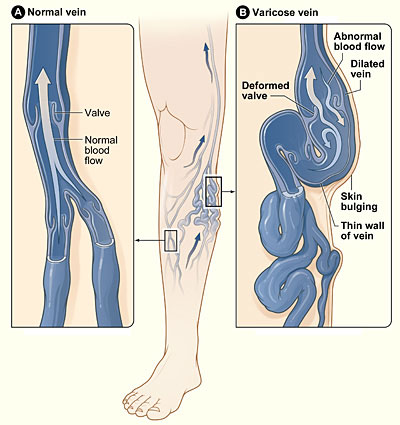
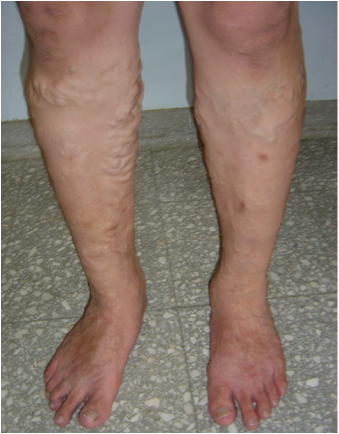
Are you at risk?
The risk of developing varicose vein is 20-30% (1 in 5 people may develop varicose veins). The incidence of varicose veins increases with the following:-
- prolonged standing
- work related
- genetics
- family members with varicose veins
- pregnancy
- abdominal masses
- fibroids
What are the symptoms of varicose veins?
The common symptoms include pain which is usually described as heaviness or aching pain. And this is associated with swelling of the legs. Other symptoms include itchiness and dark skin pigmentation. The rashes that occurs may develop into ulcers which are difficult to heal. Other alarming symptoms include excessive bleeding from minor trauma.
What are the stages of varicose veins?
The stages include spider veins, varicose veins and venous ulcers.
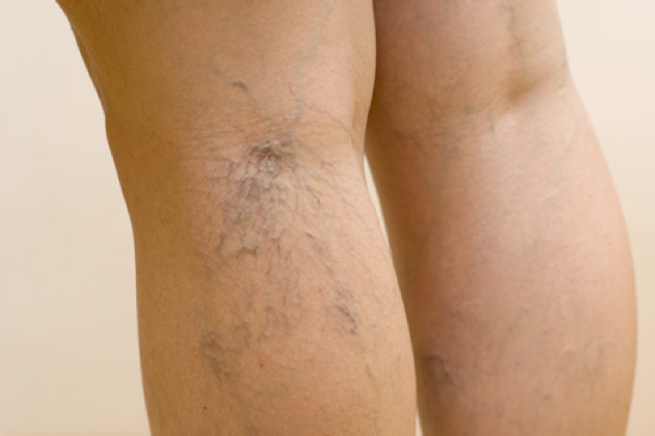
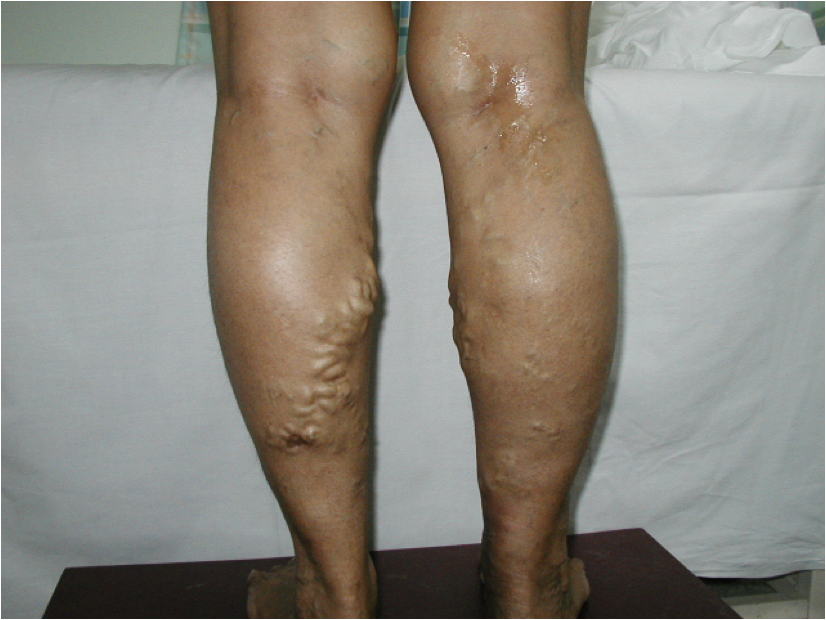
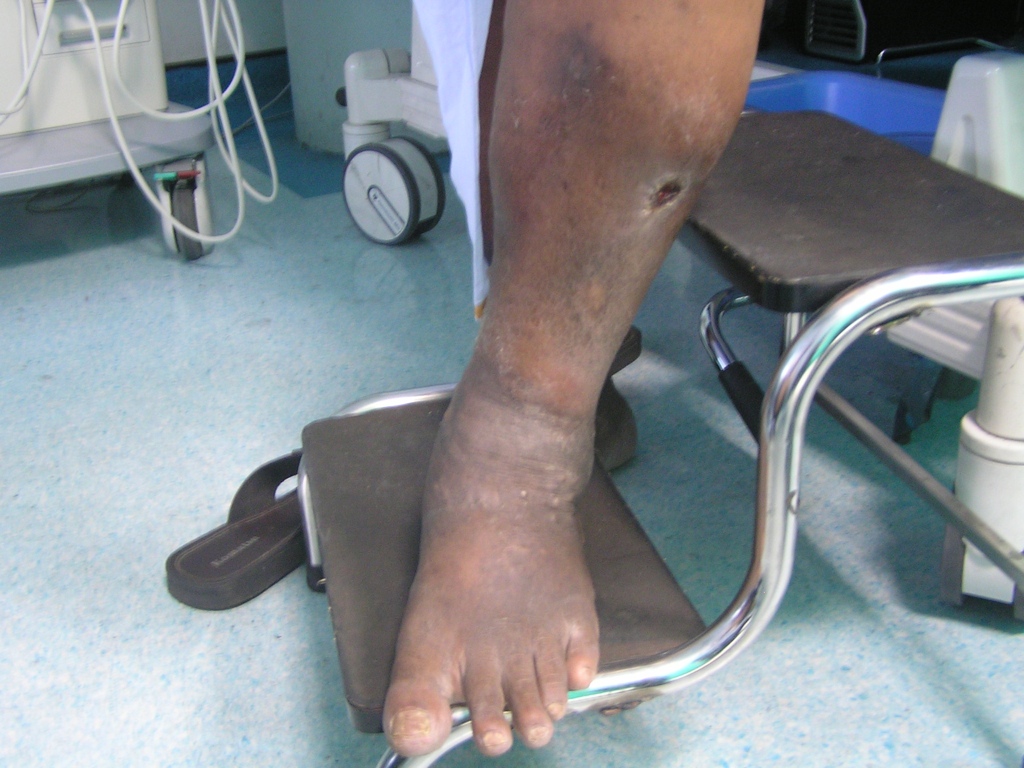
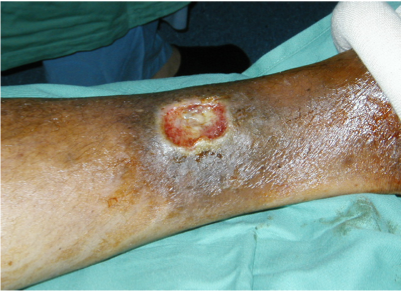
What needs to be done?
You should see a doctor if you have pain, itchiness, swelling, pigmentation and bleeding.
What is done by the doctor?
The doctor will enquire on your symptoms, examine the legs both on lying down and standing and perform an ultrasound. The ultrasound will evaluate the venous drainage of the leg and to look for evidence of deep vein thrombosis.
What are the options for treatment?
The decision for treatment and the type of treatment offered will depend on the severity of symptoms and the general condition of a person. The options available include:
-
Non operative treatment.
This includes the use of medication like Daflon and the use of compression stockings. The compression provided by the stockings are graduated with the highest pressure at the ankle and it decreases as it goes higher. The stockings should be worn when a person is mobile and can be removed when a person sleeps at night. If a person develops ulcers, the ulcer should be dressed with the various available material and either a special double layered stocking or a four layer bandage applied. - Sclerotherapy
In certain conditions like spider veins, sclerosant agents like sodium tetradecyl sulphate can be injected into the vein. The injection will cause the veins to get obliterated thus improving symptoms.
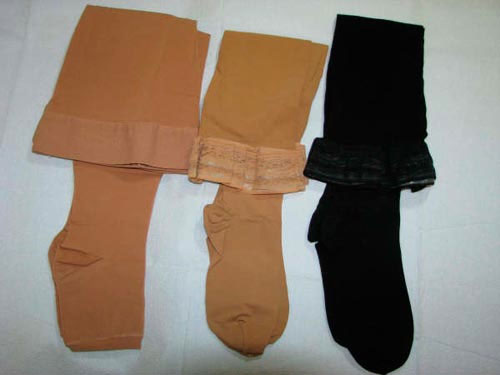
- High Saphenous vein ligation and stripping
This is the classical way of treating varicose veins. In this method, the cause of the disease which is the vein with the defective valve is ligated (tied off). The tortuous veins are then either stripped out or avulsed (removed). This procedure is done under anaesthesia and will require an incision over the groin.
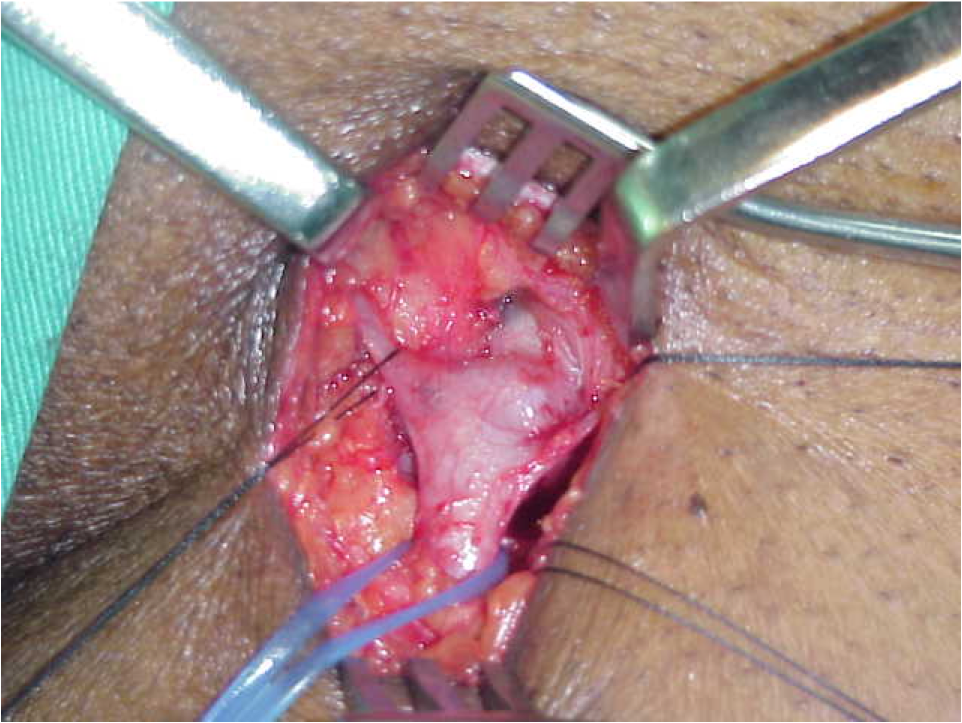
- Endovenous therapy
This is the latest method of surgery. This form of keyhole surgery uses just a puncture to insert a catheter into the vein, where the vein is then obliterated either using radiofrequency or laser. This procedure can be done under local anaesthesia with an admission to the day care ward. The patient undergoing the procedure can walk immediately after the surgery and the pain is minimal. - Combination therapy
Occasionally, these methods of treatment can be combined i.e endovenous therapy with sclerotherapy to achieve the best results.
What should you do post operatively?
Most patients can be discharged the same evening of the procedure or the next morning. There is no restriction to ambulation but vigorous activities should be avoided for at least a week. There could be minimal swelling and bruising which is often self-limiting and will resolve after a few weeks.
What are the potential complications of this procedure?
The complications of these procedures include minor bleeding and bruising. The bruising that occurs is self-limiting and often will resolve after a few weeks. An uncommon complication is numbness which occurs if the nerve that supplies the sensation is very close to the varicose veins. Rarely, obliteration of the varicose veins may result in deep vein thrombosis. Deep vein thrombosis is the formation of blood clots in the deep veins of the legs. It can cause pain and swelling and rarely it can result in pulmonary embolism. This condition requires long term medication to dissolve the clot.
When should you seek treatment?
If you have the above mentioned symptoms, please discuss with your doctor. Varicose veins are easily treatable. Early treatment will avoid potential complications especially lower limb ulceration and skin pigmentation.






